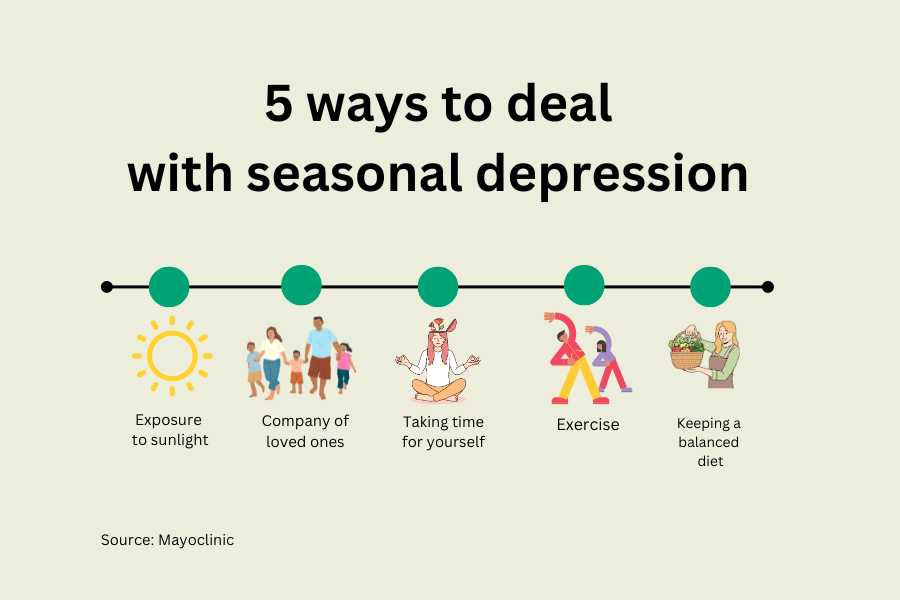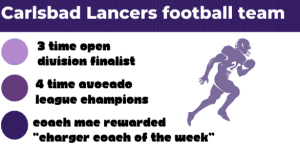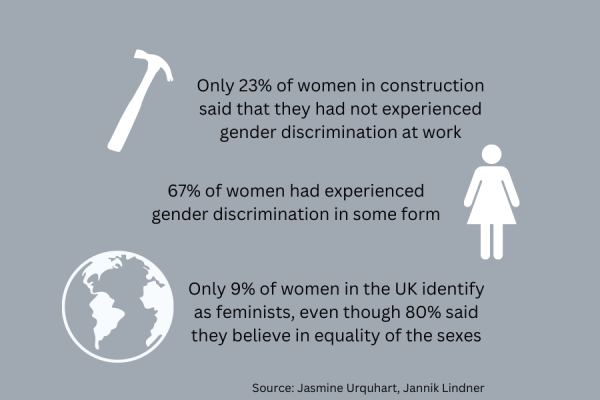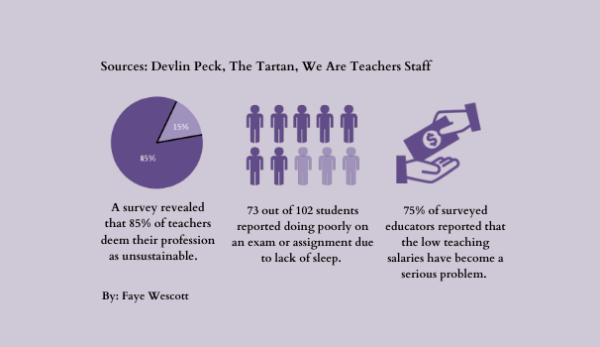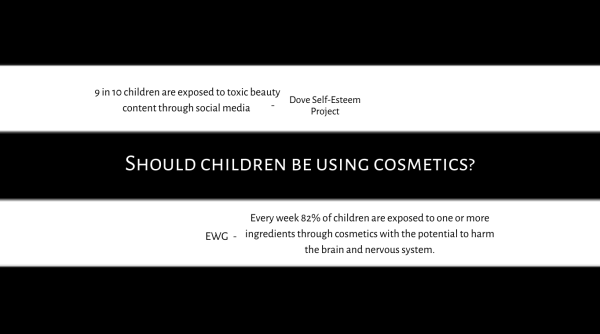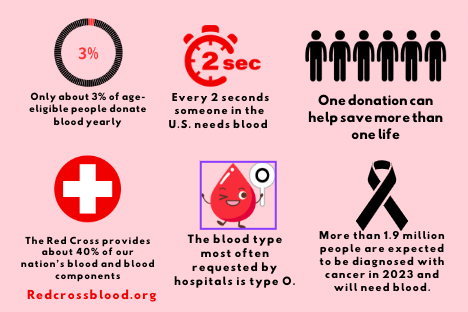The growth of soccer in the USA
Senior Summer Mason dribbles down the field against La Costa Canyon. With the increase in popularity in the sport more players have began playing, their are currently over 24 million players in the United States.
February 23, 2015
There is no question the FIFA World Cup last summer was a massive success in the United States. Millions of us crowded around TVs in homes, restaurants and even stadiums to watch our nation’s finest battle against the world’s best. Now that the tournament is over and the hype is gone, it’s interesting to see just how relevant soccer is in the American culture today.
In order to see the growth you must first see how much of an impact soccer already has made in America. During the late 19th and early 20th century soccer was actually alive and well due to the large amount of European immigrants coming to America. Throughout the 20’s, soccer flourished with the professional American Soccer League blowing wind in its sails. Some of the world’s greats flocked to join the league and promote the game. As a result USA won 3rd place in the first World Cup of 1930 in Uruguay (there may have only been 13 teams then compared to the 32 today but regardless 3rd place is still pretty impressive).
Despite this success, soccer eventually fell off the map and almost lost complete relevance in the American culture for unclear reasons. It wasn’t until the 1970’s did a revival of the sport take place due to the birth of the North American Soccer League (NASL). Unfortunately this success was short lived going into the 1980’s after losing major tv deals with NBC. The final reboot was the 1994 World Cup which happened to be hosted in the USA. The excitement spurred on the formation of MLS (Major League Soccer) and AYSO (American Youth Soccer Organization). Today these organizations have both a stronger following and base to prove to be here to stay.
Since the last revival, the sport has grown to 24 million active players in the United States, making it the third most popular sport played in the country. Along with its popularity as a recreational sport, the MLS and Premier League have attracted both networks and viewers attention. The MLS average 19,045 fans a game (roughly 2,000 more than the average NBA game) and have plans on creating more expansion teams in the coming years. Across the pond, the Premier League arguably the best soccer league in the world, has also gained the attention of some important eyes. In 2013, NBC bought the tv rights for the Premier League for an impressive $250 million. Through their eye catching commercials, knowledgeable commentary staff and ability to play every game every weekend viewership has increase by 67 percent.
These numbers may seem impressive at first glance, but looking at the finer print there are still a lot of problems surrounding soccer’s popularity. The sport has still kept a cult-like status in the eyes of most Americans. Many fans are already veterans of the game and the new fans come and go as World Cup’s cycle through the years. Additionally, the MLS lacks the pace, talent and appeal to soccer fans simply because all the best players play in Europe. The MLS is usually referred to as a retirement league where the dwindling stars of the game go to make a boatload of money at a lower level.
Despite these downsides, soccer is considered by many as the sport of the future. Combining the growth of the professional, college and youth soccer, the USA might be looking forward to a really making huge strides as the next World Cup approaches the horizon. So when the next World Cup swings around, the world should be ready to see a lot more red, white and blue as our team truly starts to contend for the top prize.









